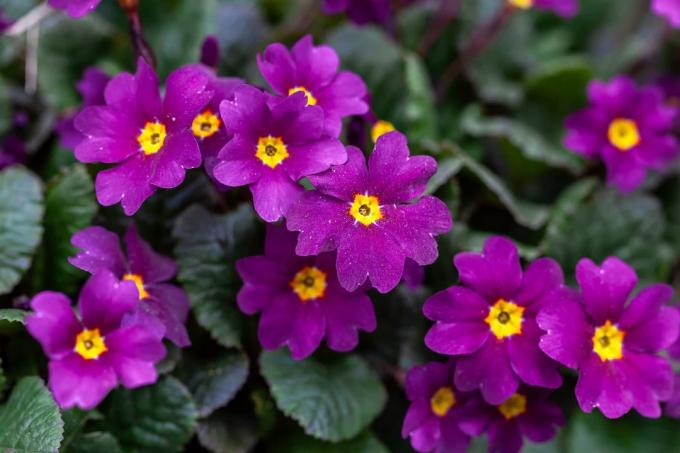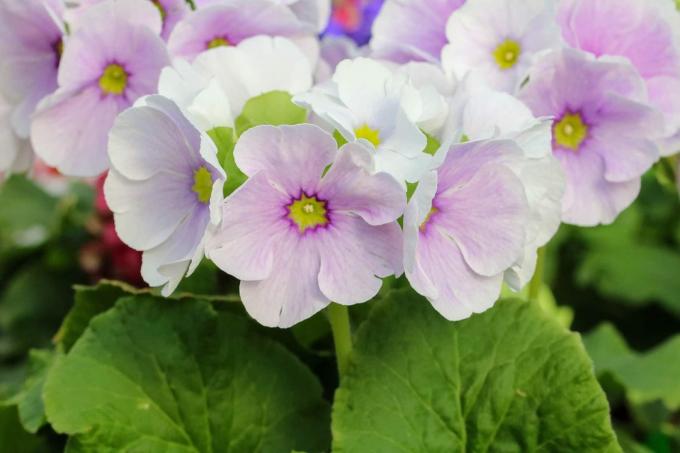
Cowslips are native wildflowers that have become very rare. If it happens to be growing in the garden, the question arises as to whether it is poisonous.
In a nutshell
- Cowslip is a perennial rosette plant
- Wild form is non-toxic to humans and animals
- feeling unwell if consumed in excess
- Beware of confusion with other types of primula
Table of contents
- Recognize real cowslip
- Cowslip poisonous?
- mix-ups
- toxicity of primroses
- frequently asked Questions
Recognize real cowslip
The real cowslip (Primula veris) belongs to the genus of primroses. However, it is a wild plant and not a breeding or crossing of different primrose species.

The real cowslip has the following characteristics:
- forms rhizomes in the soil
- perennial plant
- often in small groups
- Leaves slightly hairy, forming a rosette close to the ground
- yellow, fragrant flowers on a long peduncle
- blooms from April
Cowslip poisonous?
The cowslip is not poisonous. This applies to humans and animals. Nevertheless, it should not be used excessively as animal feed, for example. Some components of cowslip can irritate the stomach lining. In naturopathy, cowslip is used for colds.
A notice: Basically, the cowslip is edible, it can be used in small quantities as a salad plant.
mix-ups
The cowslip can come with you other primrose species confused in the garden as some, especially primroses with long flower stalks, look very similar.

Distinctive features:
- True cowslip flowers only yellow
- Garden primroses come in many different colors
- Cushion primroses do not form long flower stalks
- Globe primroses have a spherical inflorescence
A notice: Confusion with other wild primrose species is not dangerous, as these are also non-toxic.
toxicity of primroses
Other primroses are not necessarily poisonous either, although many contain a much higher concentration of allergenic Ingredients that may cause discomfort and vomiting. Skin contact is irritating for some species, so gloves should be worn when planting and working around primroses.

The only truly poisonous primrose is the cup primrose, which is used as a houseplant. It contains a very large amount of the substance primin, which can trigger what is known as primrose dermatitis.
frequently asked Questions
Primroses can interbreed under certain circumstances, the daughter plants then show characteristics of their parents. This means that they can potentially be toxic. It is therefore advisable not to eat primrose species in the garden. Even wild plants should only be used as food for humans and animals if they have been unequivocally identified as non-toxic.
Almost all wild cowslip species are so rare that they are protected. This means that you must not dig them up in the wild or pick them excessively.
If there are few leaves, there is no danger to dogs and cats, rodents or birds. However, intolerances can lead to nausea and vomiting, but these symptoms usually subside quickly.


